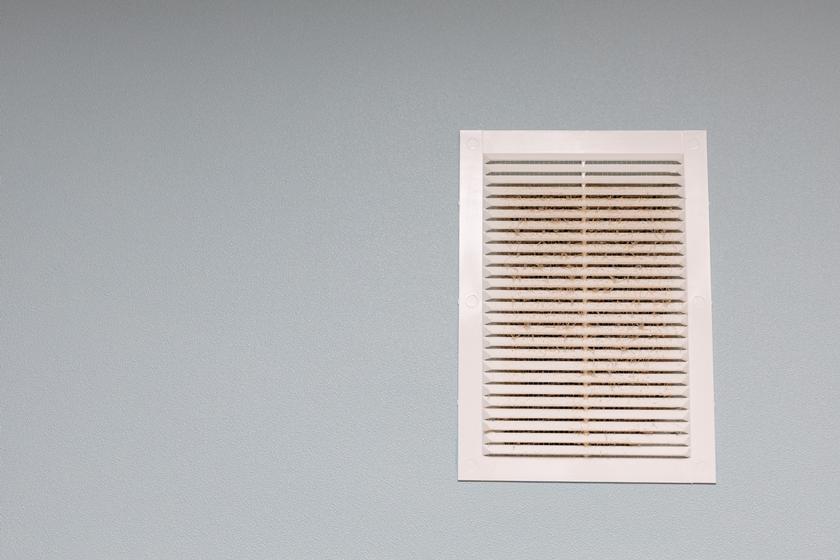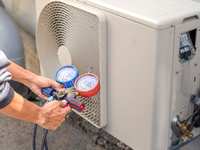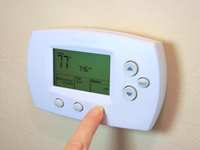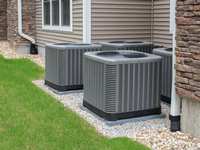- Categories :
- More
Overcoming Indoor Air Quality Challenges During Allergy Season

Allergy season can be a difficult time for many, especially when the reactions extend beyond outdoor pollen and affect the air quality in your home. As allergens like dust, mold, and pet dander accumulate indoors, they can make breathing comfortable a challenge. It’s essential to address indoor air quality during allergy season to create a safe and comfortable environment for you and your family.
Taking the right steps to improve your home’s air quality involves a combination of regular cleaning, proper ventilation, and the use of air purification systems. Knowing where to start and what methods are most effective can feel overwhelming. Read on as we provide insights and practical solutions to help you manage indoor allergens and maintain a healthier living space.
Understanding Indoor Air Quality During Allergy Season
Indoor air quality becomes particularly important during allergy season because allergens can easily make their way inside your home. When pollen counts rise outdoors, they often infiltrate homes through open windows, doors, and even on your clothes. The result can be a significant increase in indoor allergens, contributing to poor air quality and triggering allergic reactions.
During allergy season, indoor air quality can deteriorate due to various factors. Lack of ventilation, for example, can trap allergens inside your home. When the air is stagnant, it becomes a breeding ground for allergens such as dust mites, mold spores, and pet dander. Poor maintenance of HVAC systems can also contribute to bad air quality. Dirty filters and ducts can harbor allergens, which then circulate throughout your home.
Understanding these dynamics is key to combating poor indoor air quality. When you recognize how allergens enter and spread within your home, you can take proactive measures to minimize their impact. This awareness is the first step towards creating a healthier living environment for you and your family during allergy season.
Common Indoor Allergens and Their Sources
Knowing what specific allergens you’re dealing with can help in your efforts to improve air quality. Common indoor allergens include dust mites, pollen, mold spores, and pet dander. Each of these allergens has different sources and can affect your home’s air quality in unique ways.
Dust mites are tiny creatures that thrive in humid conditions and feed on dead skin cells. They often reside in bedding, upholstered furniture, and carpets. Regular cleaning can reduce their presence, but complete eradication is almost impossible. Pollen, although largely an outdoor allergen, can enter the home through windows, doors, and on clothing, settling onto surfaces and remaining airborne.
Mold spores are another major concern. Mold grows in damp areas like bathrooms, basements, and around leaks. When mold releases its spores into the air, it can cause serious respiratory issues. Pet dander consists of tiny, even microscopic, flecks of skin shed by cats, dogs, birds, and other animals with fur or feathers. Dander is a common allergen and can linger in the air, sticking to furniture, bedding, and other fabrics.
Understanding these common indoor allergens and their sources allows you to target specific areas in your home for cleaning and maintenance. By knowing where these allergens are most likely to accumulate, you can take steps to reduce their presence and improve your home’s air quality.
Effective Strategies to Improve Indoor Air Quality
Improving indoor air quality requires a combination of methods to address various sources of allergens. One effective strategy is to maintain a regular cleaning schedule. Dusting surfaces, vacuuming carpets, and washing bedding can help reduce the accumulation of dust mites and pet dander. Use a vacuum cleaner equipped with a HEPA filter to capture small particles more effectively.
Ventilation is another key factor in maintaining good indoor air quality. Ensuring proper airflow can help expel indoor pollutants and bring in fresh air. Open windows when weather permits and use exhaust fans in kitchens and bathrooms to remove moisture and contaminants. Installing air purifiers with HEPA filters can further aid in removing airborne particles, including pollen and mold spores.
Controlling humidity levels in your home is also vital. High humidity fosters mold growth and dust mites. Dehumidifiers can help keep moisture levels in check, especially in basements and bathrooms. Additionally, using air conditioners not only cools your home but also reduces humidity. Regularly changing HVAC filters can prevent the circulation of allergens and improve air quality.
Plants like spider plants and peace lilies can naturally improve air quality by absorbing toxins. However, be mindful, as some plants can contribute pollen. Implementing these strategies can significantly improve the air you breathe inside your home, making allergy season more bearable.
Selecting Professional Services for Better Air Quality
While there are many steps you can take on your own, sometimes professional services are necessary to achieve optimal air quality. Our professionals have the expertise to identify and address specific air quality issues that you may not be aware of. They can provide comprehensive services, including thorough duct cleaning and advanced air purification solutions.
Regular HVAC maintenance is crucial for good air quality, especially during allergy season. Our technicians can perform detailed inspections and cleanings of your heating and cooling systems. They will replace old filters, check for mold growth, and ensure your system is free of dust and debris. This thorough approach can prevent allergens from circulating throughout your home.
Another benefit of professional services is the installation of advanced air quality systems. These systems can include high-efficiency air cleaners, UV purification lights, and dehumidifiers. Our professionals can recommend and install the right systems based on your specific needs, ensuring effective improvement of your home’s air quality.
Selecting professional services provides peace of mind, knowing that your air quality is being managed by experts. With the right combination of DIY strategies and professional help, you can significantly improve indoor air quality during allergy season.
Conclusion
Maintaining good indoor air quality during allergy season is essential for your health and comfort. Understanding the common indoor allergens and their sources can help you target problem areas in your home. Implementing effective strategies such as regular cleaning, proper ventilation, and humidity control can make a significant difference. Additionally, seeking professional HVAC services ensures thorough and long-lasting improvements.
By taking these steps, you can create a healthier indoor environment and reduce the impact of allergens. For expert indoor air quality services in Conroe, contact us at Carl’s Quality Cooling and Heating LLC today. Our professionals are dedicated to helping you breathe easier in your home. Let us assist you in overcoming indoor air quality challenges during allergy season and providing a comfortable living space for you and your family.


















